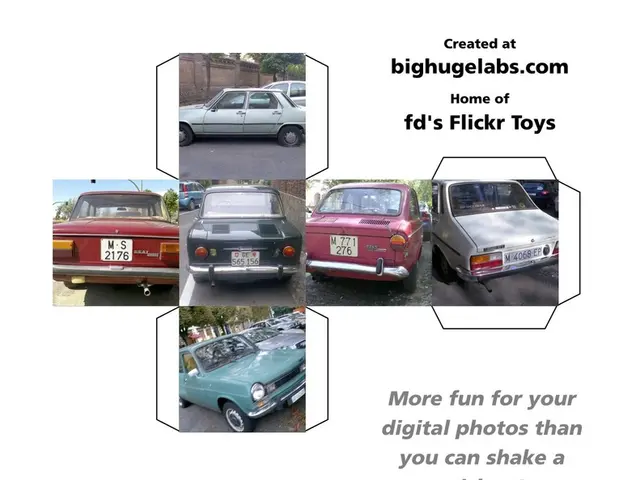Coalition Set to Deliver High-Speed Internet on Trains
Changing the Game: High-Speed Internet on Trains, Here's How Germany's Pioneering Project is Making it Happen
Get ready to work, stream, and call without restrictions while on trains, folks! That's the dream envisioned by Germany's Digital Minister Karsten Wildberger (CDU). But there's a catch — overcoming complex technical challenges is a must.
The 278-kilometer-long railway route between Hamburg and Berlin, one of Germany's busiest, symbolizes the poor mobile network coverage along German railway tracks. No matter if you're a passenger or a workaholic on the move, you can't count on reliable high-speed data.
Blame that on low network coverage in rural areas, and the type of glazing used in certain ICE trains. Back in the day, these trains had tinted windows to prevent overheating from sunlight, but they're a cell signal's worst enemy. Newer ICE trains have radio-transparent windows, and older ones have their window films laser-etched for better mobile connectivity.
Enter the "Gigabit Innovation Track XT" (GINT XT) project. Germany's largest mobile network providers and their partners are buzzing about this innovative initiative, aimed at testing whether base stations, software, and antennas can be shared among all providers.
High-speed data connections will primarily make use of the 3.6 GHz frequency range, with both lower frequencies with greater range and higher frequency bands also being tested. Compatibility with the future railway radio system FRMCS will also be examined. "Let's lay the foundation for a new era of digital connectivity on trains," CEO of O2 Telefónica, Markus Haas, declared.
But it's not just about the tech. This collaborative project sees cooperation between Deutsche Bahn (DB), 1&1, Deutsche Telekom, O2 Telefónica, Vodafone, cellular tower operator Vantage Towers, network provider Ericsson, the German Aerospace Center (DLR), and railway network operator Regio Infra Nord-Ost (RIN). The Federal Ministry of Digital Affairs is also financially backing the initiative.
Collaboration and infrastructure development are the order of the day in GINT XT. Compact mobile phone masts are being erected just a few meters from the tracks at regular intervals. This infrastructure is crucial for reducing dead spots along rail lines and within train carriages. And as for FRMCS? It's the future. This cutting-edge system will replace the current GSM-R rail radio across Europe by 2035, enabling faster and more reliable communication for both operational and passenger use.
So, what about the Hamburg-Berlin railway line? Well, it looks like similar solutions developed in GINT XT could be applied to this route in the future, promising enhanced passenger experiences and reliable connectivity for all. Here's to a future where slow internet connections and dropped calls on trains are relics of the past!
In the pursuit of unrestricted work, streaming, and calling on trains, the "Gigabit Innovation Track XT" (GINT XT) project brings together major industry players such as Deutsche Bahn (DB), Deutsche Telekom, O2 Telefónica, Vodafone, Vantage Towers, Ericsson, and the German Aerospace Center (DLR). This project, backed by the Federal Ministry of Digital Affairs, aims to enhance technical infrastructure by establishing compact mobile phone masts and testing various frequency ranges for high-speed data connections, with a focus on compatibility with the future railway radio system FRMCS – a key element enabling a new era of finance and technology-driven rail transportation across Europe.







